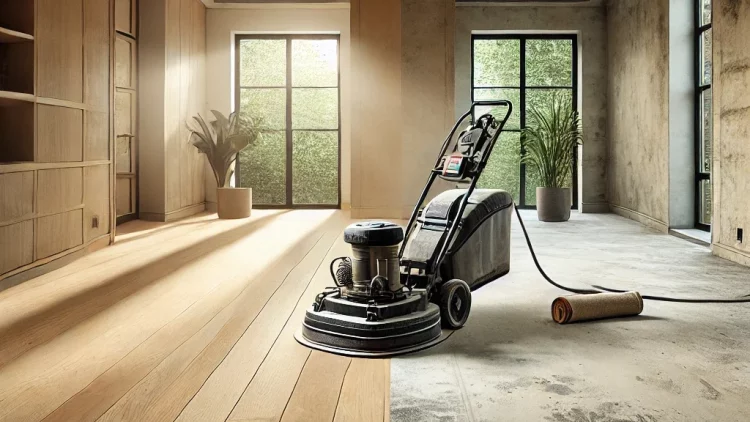Floor Sanding Before or After Painting?
Should You Sand Floors Before or After Painting?
This is a common question, and understandably so—no contractor wants to be responsible for damaging freshly completed work.
From a tradesperson’s perspective, it’s always easier to complete their task first, without worrying about protecting someone else’s finished work. But what about from a homeowner’s perspective? The decision often comes down to dust control, potential damage, and the overall workflow of your renovation. Let’s break it down.
Minimising Dust During Floor Sanding
One of the biggest concerns when sanding floors after painting is dust settling on freshly painted walls. However, with modern sanding equipment and experienced professionals handling the machines, dust-free sanding is now standard practice.
The only exception? Stair sanding. Because of the angles and smaller machines used, stair refinishing can generate more airborne dust than sanding an open floor space. But even in these cases, proper containment and clean-up ensure minimal disruption.
Option 1: Sand the Floors First, Then Paint
Some homeowners assume that floor sanding should come first to create a clean base before painting. A good decorator will always protect the floors, but the real question is:
🔹 Do you trust every builder, decorator, or tradesperson to tread carefully on a freshly finished floor?
Even with protection in place, mistakes happen:
- A painter’s ladder may scratch the floor
- A contractor may spill water, which can seep through protection and stain the wood
- Some high-quality lacquers take up to 10 days to fully cure, making them vulnerable to accidental damage
Any of these issues could require re-sanding and refinishing, leading to extra time and cost.
Option 2: Paint First, Then Sand the Floors
Alternatively, painting is completed first, and floor sanding is done as the final step.
The biggest risk? Sanding machines accidentally catch a wall or skirting board. However, this is:
✔ Rare – Skilled professionals take precautions to avoid it
✔ Easy to fix – A simple paint touch-up is usually all that’s needed
Even with staircase sanding, any dust created is manageable with proper clean-up.
Our Recommendation: What’s the Best Order?
From a contractor’s perspective, it’s always easier to sand first. But from a homeowner’s perspective, our advice is:
📌 Paint first, then sand the floors last.
Pro tip: If you’re painting skirting boards, leave the final coat until after sanding to get a flawless finish.
When we refinished floors for Chanel, their shelves weren’t covered—and we had zero dust complaints. With the right techniques, sanding after painting is not an issue—just a matter of proper planning!
Final Thoughts: What’s Best for Your Project?
Every home renovation is different, but if you want a smooth, hassle-free process, we recommend completing the painting first and the floor refinishing last.
If you’re planning floor restoration and painting, we can help you schedule the work in the right order. Contact us today!











